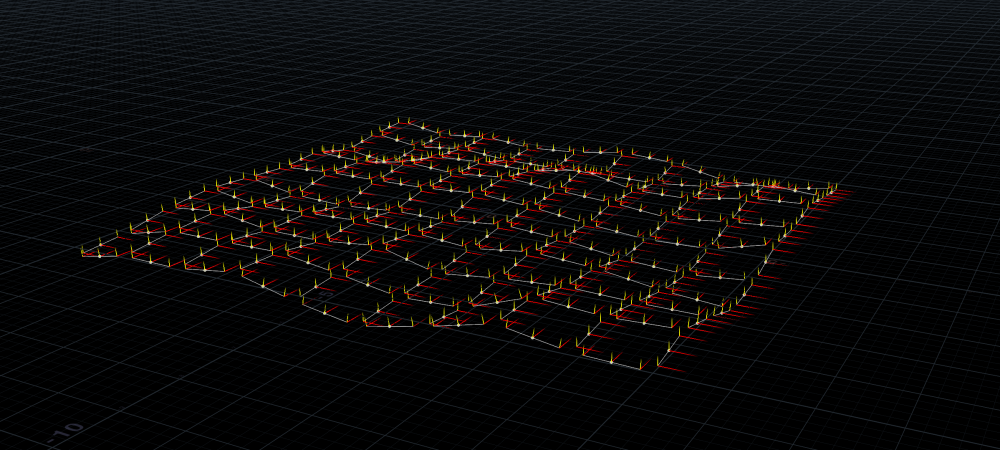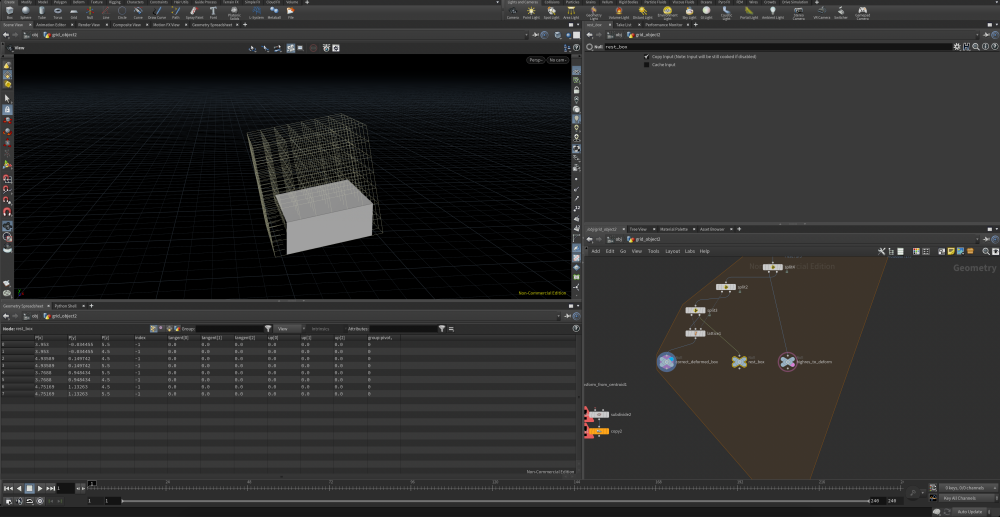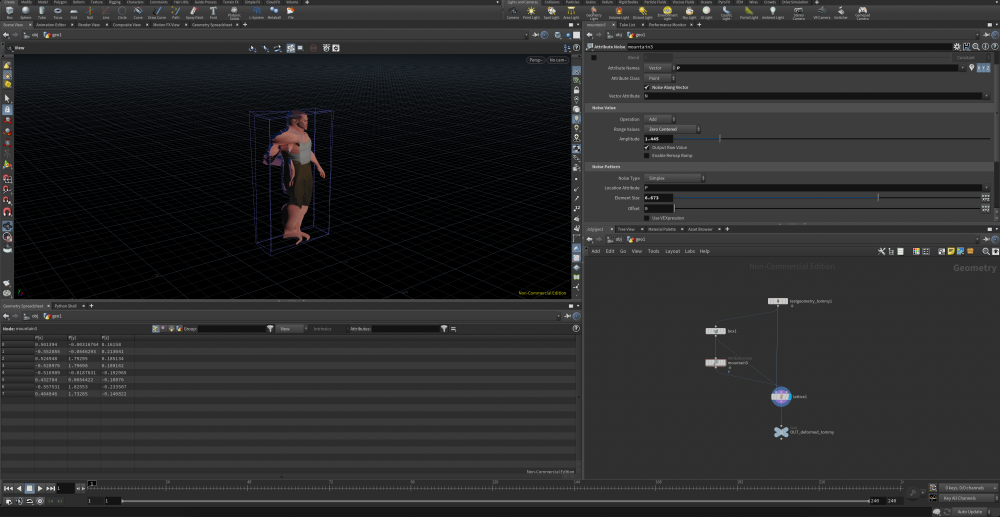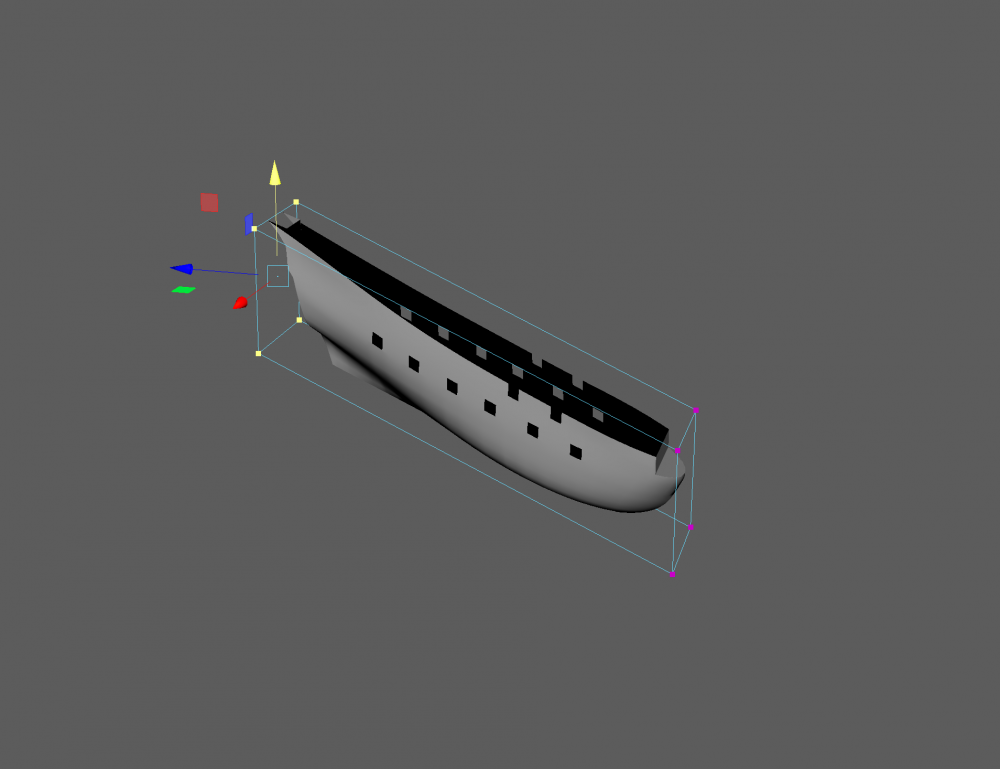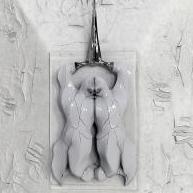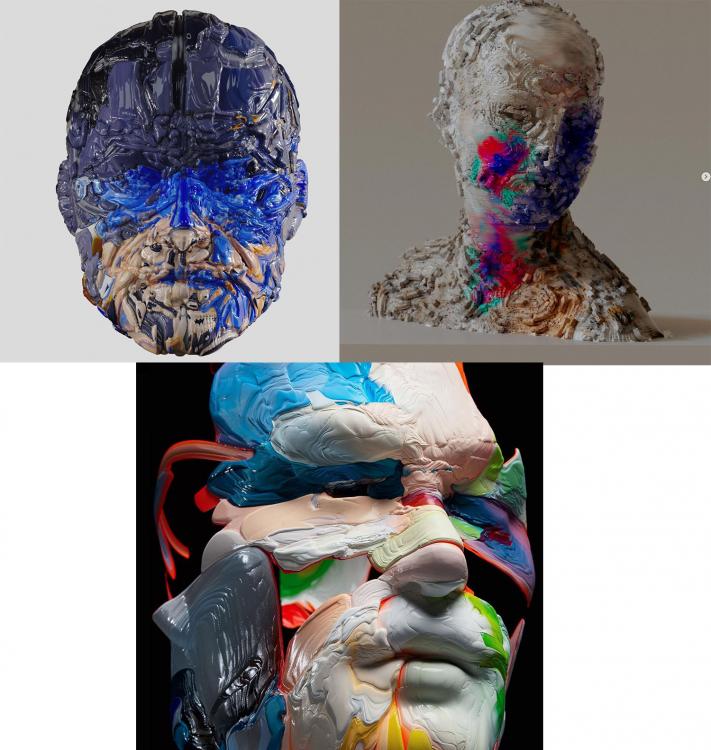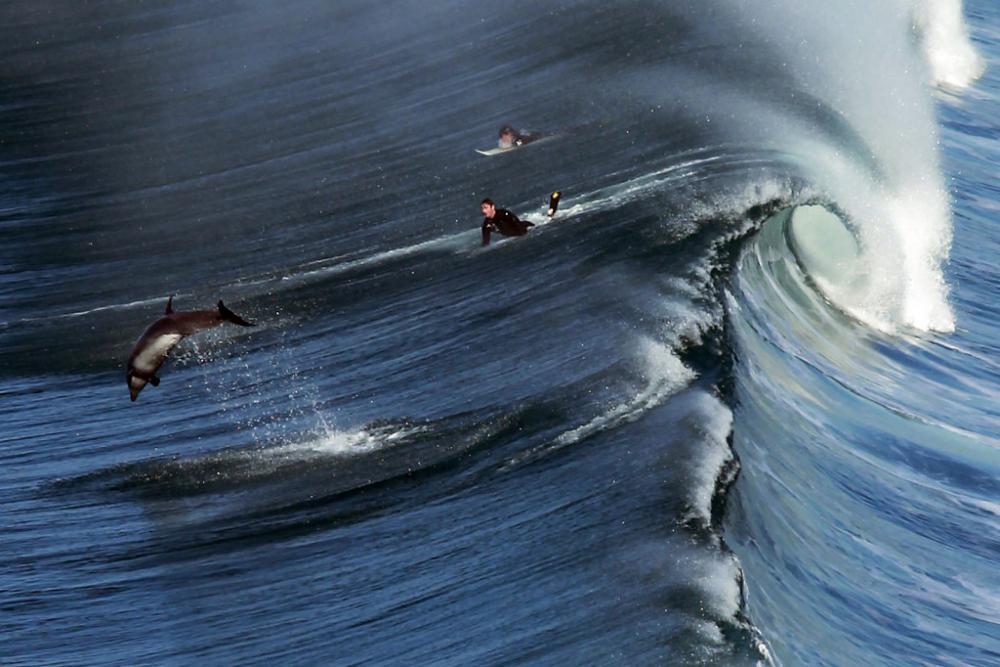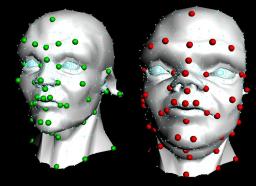Search the Community
Showing results for tags 'deformer'.
-
hi, im building a modular setup. I want to have wall modules on the lines with that slope. In order to make them fit to a tower module its not enough to simply orient them. I need them to be deformed to make them fit. The first attempt was to apply a point deformer. But that result was inaccurate and not really working. The Lattice deformer seems to work only if the deformer is having a minimum res of 3*3*3 divisions. What i need is a working Lattice Deformer in the form of a cube without divisions. It is possible in maya very simply. But in Houdini the result looks like something is broken. Am I missing something obvious? cube_deforming.hipnc
-
Hi Everyone, I'm looking to create EXACTLY this effect in de houdini docs: https://www.sidefx.com/docs/houdini/shelf/largeocean.html#using-large-ocean (example vid) I've traced it back to the launch event of H17: (skip to 01:20:00 or so) Ofcourse there's no tutorial or documentation to be found on how to achieve this. Would anyone know how to achieve this? As far as I can tell the Whitewater setup still requires FLIP as input. I've had no sucvces doing this in the popsolver; it just doesn't look right... and I'm a noob much obliged!
- 7 replies
-
- whitewater
- h18
-
(and 6 more)
Tagged with:
-
Hi! I have been trying to find a path to achieve similar result like Fernando Magalhães has with paint/texture on meshes. Lately I have been playing with Will MacNeils Stroke-It plugin for Houdini, unfortunately it only works for XZ plane at the moment. I was told I could use Stroke-It and then create a point or UV deformer to wrap the paint strokes around the mesh. I tried following the Entagma tutorial "Knitting in 3d: Building a UV Deformer" but my skills in Houdini are still not at the level where I was able to apply it to my needs. If anyone has any tips or tricks that could make this easier I would greatly appreciate it!
-
Hello guys, I am trying to recreate a tangent space blend shape in Houdini. Coming from Maya, I used a lot of tangent space blend shape to correct bad poses, and if fairly simple using the shape editor in newer Maya version. Now the question is, how can I create a similar custom blend shape in Houdini? Thanks for your help Gianluca
-
- blendshape
- tangent
-
(and 2 more)
Tagged with:
-
Multi-context Bend.
-
Hello! I am making a geometry deformer to simulate large waves for a student film (we don't have the resources or time to sim out a large tidal wave), and I'm having difficulties with the shader. I'm starting with the default ocean shader to get a feel for it, but the displacement and creation of the white caps and foam are being stretched and look wrong due to the deformer. My thought process is, is there some way to include my deformer in the displacement process so it is factored in when white caps/foam are made? If not, is there some other way to effectively use the ocean shader on a deformed grid (without losing the white caps/foam)? I'm really hoping to be able to have the white caps/foam on the crest of the large wave the same way it appears on the small waves created by the ocean displacement. My files are attached, I apologize for the messy VEX in the hda, I've been hopping between VOPs and VEX in its development. Also note: the displacement maps are set to .picnc instead of .pic because I am working in Houdini apprentice currently. Thank you! displacementworkaround_v01.zip
-
Hi! How do I make instances of deformable geometry with deformer (wire, lattice, …) on the surface of the animated object? I want to do, for example "hair" with a custom geometry, or algae. They should be copied in the animated surface to have minimal memory usage.
-
- instancing
- deformer
-
(and 1 more)
Tagged with:
-
Hi, I have a question about the ocean spectrum node. I have created a deformed wave using a grid with ocean spectrum and ocean evaluate node. I can change the ocean spectrum wind direction setting to achieve the kind of look I want, which is to have the vertical lines on the ocean surface, something like the image below. But if I only do that, the waves direction is still wrong, they are moving sideways. Is there a way where I can create this effect with chops moving in the right direction? I thought perhaps I should create another ocean spectrum and put it on top of the first ocean spectrum. This is pretty urgent, does anyone have any suggestions? Thanks!
-
Hi,I have used the attribute VOP to create 2 separates wave deformers. I would like to blend these 2 together to get the shape that I want. I tried using different attribute nodes but I can't achieve the effect of blending the meshes together. How do I go about doing it?I have attach my nodes network and the image here. You can clearly see that the meshes are separate, I want to combine the mesh. I tried joining the 2 attribute VOPs one after the other but that only increases its amplitude and nothing else, I want the 2 mesh to join at different position so I get a v shape effect like the png image I show here. I thought of perhaps multiplying the 2 wave matrix together by using the attribute wrangle node but i'm not sure how to call out the VOP variables individually when both waves' output is the same (position P). Is there a better way to do this? Any help and advice would be appreciated, Thanks!Eunice
-
Based on the fabulous class by entagma I decided to quickly put together a splineWrap deformer expanding on the concept they presented. Basically I added Control on Spline begin, Spline End, Offset, and a ramp control to scale along the geometry. I also made it so you can build your geometry anywhere (not the center) and in any orthogonal axis. You can find it here if you want: http://www.orbolt.com/asset/Butachan::splineWrapNH::1.0 [orbolt.com] if you are interested in the Entagma video, I really recommend it: https://vimeo.com/181458408 [vimeo.com] PS: the asset is now unlocked...now play nice and if you guys want me to do any changes or improvement let me know.
-
Hi all, Been away for so long, this is my first post in some years I believe. Anyway I was at a Houdini event the other day and they were talking through all the great new features in Houdini 13 and beyond and I noticed on one of the slides that numpy is now included in Houdini since 12.5 or even earlier. It's been so long since I delved into Houdini that this massively useful fact had totally passed me by. The first thing that lept into my head when I saw this was my old HDK sop RBF morpher which is a totally awesome deformer that has gotten me out of so many tricky deformation scenarios over the years. Finally I realised I could re-write this in a Python sop and not have the issue of people needing to compile it to use it. A few days later and after a couple of hours work here is the result. No error checking yet just the bare bones of the functionality. Of course it's no where near the speed of the HDK one, but hey at least compilers aren't an issue with this one. This is the source code and I've attached a example hip file and otl, non-commercial versions. # This code is called when instances of this SOP cook. import numpy as np import math node = hou.pwd() geo = node.geometry() inputs = node.inputs() kernel = node.parm('kernel').eval() power = node.parm('power').eval() scale = node.parm('scale').eval() def linear(r): return r def smooth(r): return r*r*math.log1p(r*r) def cube(r): return r*r*r def thinPlate(r): return r*r*math.log1p(r) def sqrt(r): return math.sqrt(r) def pow(r): return math.pow(r,power) kernels = {0: linear, 1: smooth, 2: cube, 3: thinPlate, 4: sqrt, 5: pow} def rbfU(r): return kernels[kernel](r) if len(inputs) > 2: featureGeo = inputs[1].geometry() targetGeo = inputs[2].geometry() numFeaturePoints = len(featureGeo.iterPoints()) matrixQ = np.zeros((numFeaturePoints,4)) #setup all the matrices with the feature point positions i = 0; for p in featureGeo.points(): matrixQ[i,0] = p.position()[0] matrixQ[i,1] = p.position()[1] matrixQ[i,2] = p.position()[2] matrixQ[i,3] = 1 i += 1 #print matrixQ matrixQtranspose = matrixQ.transpose() #print matrixQtranspose matrixK = np.zeros((numFeaturePoints, numFeaturePoints)) #scale = 1 for row in range(numFeaturePoints): for col in range(numFeaturePoints): ppt = featureGeo.iterPoints()[row] p1 = ppt.position() ppt = featureGeo.iterPoints()[col] p2 = ppt.position() p = p1-p2 matrixK[row,col] = rbfU(p.length()/scale) #print matrixK #setup the final set of linear equations in one massive matrix matrixA = np.zeros((numFeaturePoints+4, numFeaturePoints+4)) for row in range(numFeaturePoints): for col in range(numFeaturePoints): matrixA[row,col] = matrixK[row,col] for row in range(numFeaturePoints): for col in range(numFeaturePoints, numFeaturePoints+4): matrixA[row,col] = matrixQ[row,col-numFeaturePoints] for row in range(numFeaturePoints, numFeaturePoints+4): for col in range(numFeaturePoints): matrixA[row,col] = matrixQtranspose[row-numFeaturePoints,col] #print matrixA #setup the solutions to all the linear equations, i.e. the target feature positions targetX = np.zeros((numFeaturePoints+4)) targetY = np.zeros((numFeaturePoints+4)) targetZ = np.zeros((numFeaturePoints+4)) i = 0; for p in targetGeo.points(): targetX[i] = p.position()[0]; targetY[i] = p.position()[1]; targetZ[i] = p.position()[2]; i += 1 #solve the linear equations to find the weights that map the features to the targets weightsX = np.linalg.solve(matrixA, targetX) weightsY = np.linalg.solve(matrixA, targetY) weightsZ = np.linalg.solve(matrixA, targetZ) #print weightsX #apply the weights to the actual points on the input geometry to get the final resulting positions relative to the target feature points NfPts = numFeaturePoints for opt in geo.points(): outX = weightsX[NfPts]*opt.position()[0] + weightsX[NfPts+1]*opt.position()[1] + weightsX[NfPts+2]*opt.position()[2] + weightsX[NfPts+3]; outY = weightsY[NfPts]*opt.position()[0] + weightsY[NfPts+1]*opt.position()[1] + weightsY[NfPts+2]*opt.position()[2] + weightsY[NfPts+3]; outZ = weightsZ[NfPts]*opt.position()[0] + weightsZ[NfPts+1]*opt.position()[1] + weightsZ[NfPts+2]*opt.position()[2] + weightsZ[NfPts+3]; p1 = opt.position() i = 0 for p2 in featureGeo.points(): p = p1-p2.position(); rF = rbfU(p.length()/scale); outX += weightsX[i]*rF outY += weightsY[i]*rF outZ += weightsZ[i]*rF i+=1 opt.setPosition((outX,outY,outZ)) [/CODE] ExampleRBF.hipnc RBFmorpher.otl

